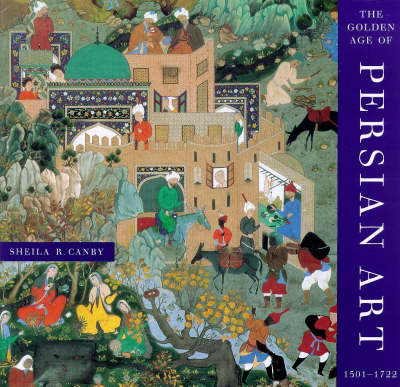The era of Safavid rule (1501-1722) saw the finest flowering of the arts in Iran. In a time of dynamic religious and political developments, painting and textiles attained new heights of brilliance and opulence and architecture flourished with the growth of cities. This book takes a chronological approach, following the development of Persian art and architecture during the reigns of successive shahs. Under the first emperor, Isma 'il I (1501-24), there began a synthesis of Turkman and Timurid styles which reached maturity during the rule of his successor, Shah Tahmasp. But the most glorious age in both architecture and the decorative arts was the reign of Shah 'Abbas I, who came top the throne in 1588 and made Isfahan his capital, embarking on a grand plan of palaces, mosques and new quarters. Unlike his predecessors, he welcomed European travellers at his court, and by the end of his reign in 1629 European art had begun to influence that of Iran.
Under his successors Shahs Safi and 'Abbas II, traditional Iranian forms such as colourful revetments of buildings were combined with wall paintings in both the Persian and European styles, and a new wave of Chinese influence made itself felt. Although the fortunes of the dynasty began to decline after 1666, impressive buildings were still commissioned, and ceramics, glass, textiles and metalwork were produced commercially. The elements which dominated late Safavid art eventually coalesced into the distinctive style of the Qajars in the 19th century, and influenced art in other countries from Thailand to Morocco.
- ISBN10 0714114685
- ISBN13 9780714114682
- Publish Date 17 January 2000
- Publish Status Active
- Out of Print 18 April 2007
- Publish Country GB
- Imprint British Museum Press
- Format Hardcover
- Pages 192
- Language English
